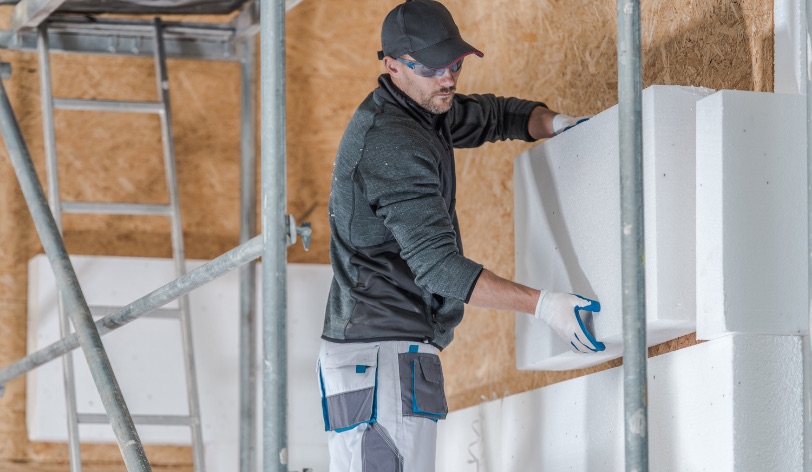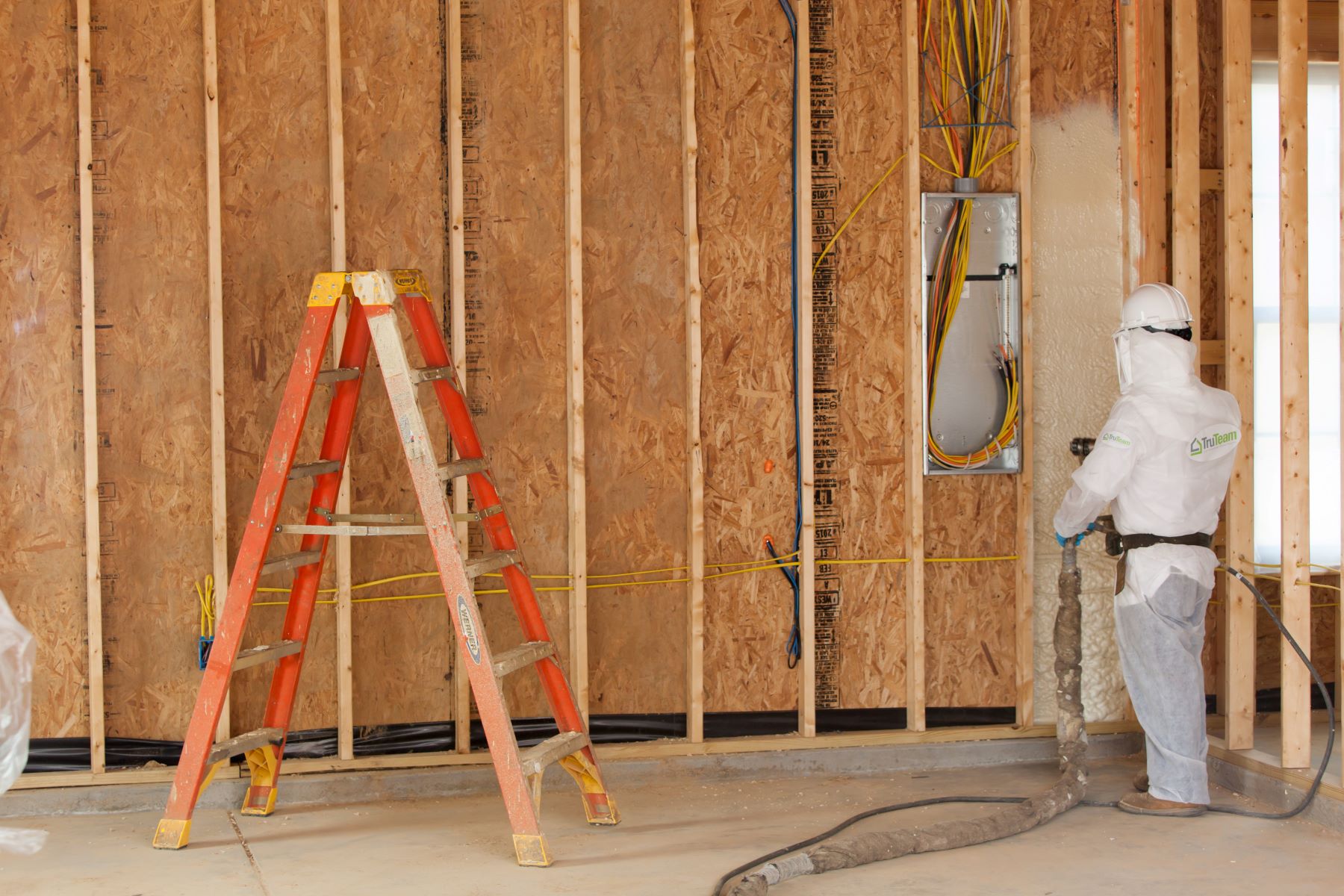

Types of Insulation Materials:
Fiberglass: Made from fine glass fibers and available as batts, rolls, or loose-fill.
Foam Board: Rigid panels of foam insulation, often used in walls and roofs.
Spray Foam: Expanding foam applied with a sprayer, providing a tight seal and high R-value.
Cellulose: Made from recycled paper treated with chemicals to resist fire, insects, and mold.
Mineral Wool: Made from molten glass or rock spun into fibers, offering fire resistance and soundproofing.
Installation Techniques:
Attic Insulation: Adding insulation to the attic floor or roof to prevent heat loss or gain.
Wall Insulation: Installing insulation in exterior or interior walls to improve thermal efficiency.
Crawl Space and Basement Insulation: Applying insulation in these areas to prevent moisture issues and heat loss.
Pipe and Duct Insulation: Wrapping pipes and ducts with insulation to prevent condensation and energy loss.

Process of Insulation Contracting:
Assessment: Inspecting the building to determine insulation needs and recommending suitable materials.
Preparation: Preparing the work area by clearing obstacles and protecting surfaces.
Installation: Installing insulation according to manufacturer specifications and building codes.
Sealing: Ensuring proper sealing of joints and gaps to maximize insulation effectiveness.
Cleanup: Removing debris and leaving the site in a clean and safe condition.
Benefits of Proper Insulation:
Energy Efficiency: Reducing heating and cooling costs by minimizing heat transfer.
Comfort: Maintaining consistent indoor temperatures and reducing drafts.
Noise Reduction: Enhancing soundproofing between rooms and from external sources.
Environmental Impact: Lowering carbon footprint by reducing energy consumption.
Regulations and Standards:
Insulation contractors must comply with local building codes, energy efficiency standards, and safety regulations.
Proper installation techniques ensure insulation performs effectively and meets longevity expectations.
